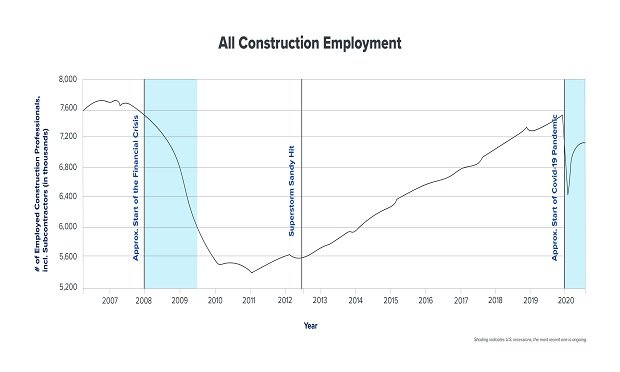 Superstorm Sandy taught contractors a valuable lesson about claims. (Source: Fred Economic Research/Federal Reserve Bank of St. Louis)
Superstorm Sandy taught contractors a valuable lesson about claims. (Source: Fred Economic Research/Federal Reserve Bank of St. Louis)
As insurance experts in the construction industry know, it's important for general contractors (GCs) to vet their subcontractors' general liability (GL) policies to ensure the proper coverages are in place.
Recommended For You
Want to continue reading?
Become a Free PropertyCasualty360 Digital Reader
Your access to unlimited PropertyCasualty360 content isn’t changing.
Once you are an ALM digital member, you’ll receive:
- Breaking insurance news and analysis, on-site and via our newsletters and custom alerts
- Weekly Insurance Speak podcast featuring exclusive interviews with industry leaders
- Educational webcasts, white papers, and ebooks from industry thought leaders
- Critical converage of the employee benefits and financial advisory markets on our other ALM sites, BenefitsPRO and ThinkAdvisor
Already have an account? Sign In Now
© 2025 ALM Global, LLC, All Rights Reserved. Request academic re-use from www.copyright.com. All other uses, submit a request to [email protected]. For more information visit Asset & Logo Licensing.








